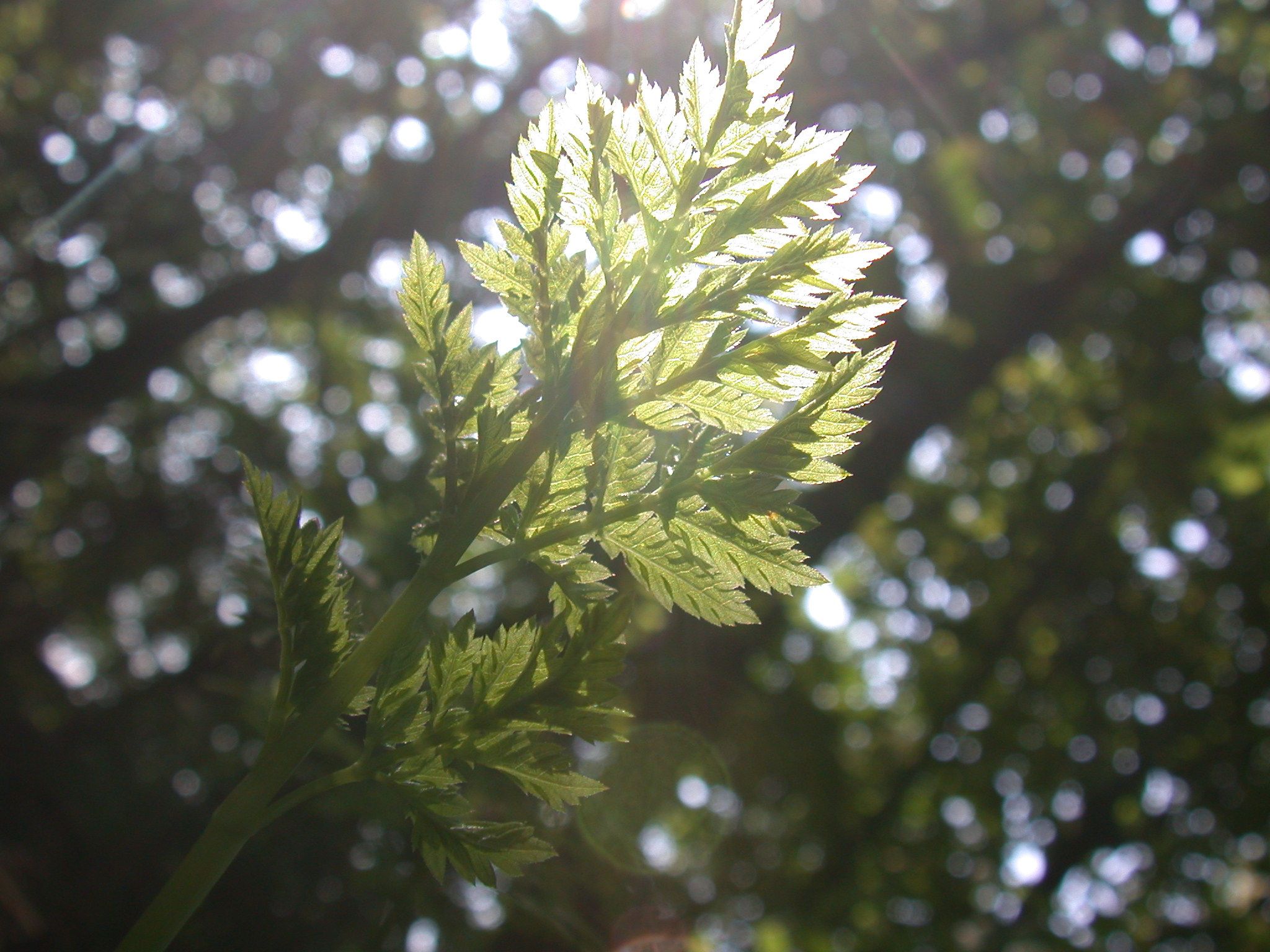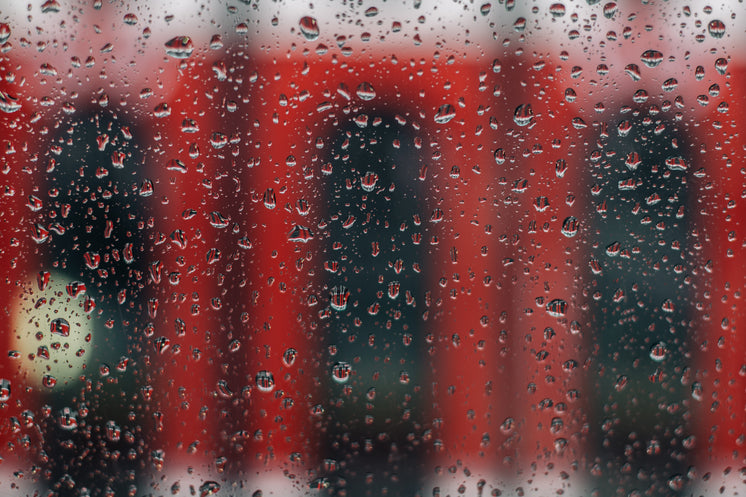 In the control, 109 V. harveyii was maintained all through the duration of the experiment. The Vibrio survival inhabitants was monitored all through the experiment. A second objective of this examine was to check the survival effect on the population dimension of a recognized shrimp pathogen, V. harveyii, in the presence and absence of bacterial amendments within the wastewater (Figure 2). Originally of the experiment, 109 V. harveyii was added to all waste reactors. The scientific literature on the results of bacterial amendments in pond methods will not be definitive, and consequently, opinions amongst consultants in the sector differ. The rules behind the manipulation of microbial communities by aggressive exclusion and for direct results on waste degradation are well known. Digestion of autoclaved and non-autoclaved shrimp wastewater, as well as carbon- and nitrogen-rich synthetic wastewater was analyzed with and with out supplemental bacterial additions. Results of a feeding research supplementing probiotics in the food plan confirmed that when the Bacillus species have been complemented in an appropriate focus into feeds, the expansion and feed effectivity of whiteleg shrimp could possibly be improved. Ten shrimp weighing about 10 g each were stocked in every aquarium and fed a 32 %-protein weight loss program at 2 p.c physique weight/day.
In the control, 109 V. harveyii was maintained all through the duration of the experiment. The Vibrio survival inhabitants was monitored all through the experiment. A second objective of this examine was to check the survival effect on the population dimension of a recognized shrimp pathogen, V. harveyii, in the presence and absence of bacterial amendments within the wastewater (Figure 2). Originally of the experiment, 109 V. harveyii was added to all waste reactors. The scientific literature on the results of bacterial amendments in pond methods will not be definitive, and consequently, opinions amongst consultants in the sector differ. The rules behind the manipulation of microbial communities by aggressive exclusion and for direct results on waste degradation are well known. Digestion of autoclaved and non-autoclaved shrimp wastewater, as well as carbon- and nitrogen-rich synthetic wastewater was analyzed with and with out supplemental bacterial additions. Results of a feeding research supplementing probiotics in the food plan confirmed that when the Bacillus species have been complemented in an appropriate focus into feeds, the expansion and feed effectivity of whiteleg shrimp could possibly be improved. Ten shrimp weighing about 10 g each were stocked in every aquarium and fed a 32 %-protein weight loss program at 2 p.c physique weight/day.
 In early 2014, Best University In Bangkok For International Students a trial to judge the consequences of a mixture of Bacillus strains on early mortality syndrome micro organism in the course of the larviculture and nursery phases for shrimp was carried out at a industrial hatchery in Mexico. A current examine that evaluated the benefits of using probiotics with a balanced mixture of Bacillus bacteria strains to inhibit pathogenic bacteria in tilapia. Only the selected bacterial strains within the probiotic examined were effective in significantly decreasing the Vibrio focus in the wastewater. Products containing chosen strains of micro organism are marketed as “probiotics,” which when added to ponds are stated to enhance water high quality and pond backside circumstances while lowering pathogenic microbes. A greater understanding of comparative efficacy and modes of motion of varied probiotic products will depend upon the development of more managed laboratory testing models. An initial evaluation of any probiotic ought to concentrate on in-vitro microbiology laboratory assessments. The aquariums had been managed without probiotic therapy or with one or two weekly purposes. Most of these merchandise are widely used in wastewater remedy industries and for specialty remediation. There are a lot of probiotic products on the market which vary in worth and quality. Unfortunately, the market also has low-quality products that offer growers little to no value.
In early 2014, Best University In Bangkok For International Students a trial to judge the consequences of a mixture of Bacillus strains on early mortality syndrome micro organism in the course of the larviculture and nursery phases for shrimp was carried out at a industrial hatchery in Mexico. A current examine that evaluated the benefits of using probiotics with a balanced mixture of Bacillus bacteria strains to inhibit pathogenic bacteria in tilapia. Only the selected bacterial strains within the probiotic examined were effective in significantly decreasing the Vibrio focus in the wastewater. Products containing chosen strains of micro organism are marketed as “probiotics,” which when added to ponds are stated to enhance water high quality and pond backside circumstances while lowering pathogenic microbes. A greater understanding of comparative efficacy and modes of motion of varied probiotic products will depend upon the development of more managed laboratory testing models. An initial evaluation of any probiotic ought to concentrate on in-vitro microbiology laboratory assessments. The aquariums had been managed without probiotic therapy or with one or two weekly purposes. Most of these merchandise are widely used in wastewater remedy industries and for specialty remediation. There are a lot of probiotic products on the market which vary in worth and quality. Unfortunately, the market also has low-quality products that offer growers little to no value.
The widespread use of those products by an business with declining profit margins is proof of positive grower perceptions toward the use of probiotic blends in pond ecosystems. Further research utilizing this mannequin system may help determine if and when use of supplementary molasses can improve probiotic activity in pond systems. Systems were maintained for the 2-week check with no water exchange. Some have followed meticulous high quality control programs and are based mostly on years of scientific research. The whole suspended solids had been diminished from 67.Four ± 1.8 mg/L in the control to 58.2 ± 1.7 and 51.0 ± 2.1 mg/L in the therapies with probiotic applied as soon as and twice weekly, respectively. The biochemical oxygen demand, which responds to the organic matter focus, dropped from 40.9 ± 1.Eight mg/L within the management to 25.6 ± 1.7 and 17.Three ± 2.1 mg/L within the as soon as- and twice-weekly probiotic therapies. The total organic nitrogen was decreased from the 1.44 ± 0.14 mg/L control value to 0.7 ± 0.34 and 0.Sixty eight ± 0.13 mg/L in treatments with probiotic utility once and twice per week, respectively. Application charges had been calculated based on the really useful pond dosage of 1 kg/1,600 m3.
 Moreover, the whole elimination of waste chemical oxygen demand inside eight days at really helpful concentrations for pond application is a vital finding, significantly considering the actual fact that most growers treat ponds weekly to guarantee continuous enhancement of waste digestion. Many analysis papers have proven the value of probiotic effects on bacterial flora and water high quality parameters in ponds. The objective of those studies was to develop a small-scale bench-prime assay system for testing the results of the bacterial amendment on water high quality and abundance of the shrimp pathogen V. harveyii under controlled conditions. Then again, the inherent variability of aquaculture pond methods, the fee and complexity of running well-replicated research and the difficulty in maintaining proper controls in a manufacturing environment have hampered the flexibility of scientists to clearly demonstrate effects in the sphere. Replicated 500-ml aerated reactors have been incubated with 250 ml of wastewater consisting of beforehand frozen shrimp sludge collected from a settling tank connected to an intensive shrimp production system.
Moreover, the whole elimination of waste chemical oxygen demand inside eight days at really helpful concentrations for pond application is a vital finding, significantly considering the actual fact that most growers treat ponds weekly to guarantee continuous enhancement of waste digestion. Many analysis papers have proven the value of probiotic effects on bacterial flora and water high quality parameters in ponds. The objective of those studies was to develop a small-scale bench-prime assay system for testing the results of the bacterial amendment on water high quality and abundance of the shrimp pathogen V. harveyii under controlled conditions. Then again, the inherent variability of aquaculture pond methods, the fee and complexity of running well-replicated research and the difficulty in maintaining proper controls in a manufacturing environment have hampered the flexibility of scientists to clearly demonstrate effects in the sphere. Replicated 500-ml aerated reactors have been incubated with 250 ml of wastewater consisting of beforehand frozen shrimp sludge collected from a settling tank connected to an intensive shrimp production system.



 This is not simply the erosion of nationwide meals self-sufficiency or food safety but what Africanist Deborah Bryceson of Oxford calls “de-peasantization”–the phasing out of a mode of manufacturing to make the countryside a more congenial site for intensive capital accumulation. Spending on agriculture fell by more than half. For as peasants refuse to go gently into that good evening and fight de-peasantization, developments in the twenty-first century are revealing the panacea of globalized capitalist industrial agriculture to be a nightmare. With environmental crises multiplying, the social dysfunctions of city-industrial life piling up and industrialized agriculture creating greater meals insecurity, the farmers’ movement increasingly has relevance not only to peasants but to everybody threatened by the catastrophic penalties of world capital’s imaginative and prescient for organizing production, neighborhood and life itself. It additionally means consolidation of a smallholder-centered agriculture via protection of the domestic market from low-priced imports; remunerative costs for farmers and fisherfolk; abolition of all direct and indirect export subsidies; and the phasing out of domestic subsidies that promote unsustainable agriculture. From $367 billion in 1995, the whole quantity of agricultural subsidies offered by developed-nation governments rose to $388 billion in 2004. For the reason that late nineties subsidies have accounted for forty p.c of the value of agricultural production in the European Union and 25 % within the United States.
This is not simply the erosion of nationwide meals self-sufficiency or food safety but what Africanist Deborah Bryceson of Oxford calls “de-peasantization”–the phasing out of a mode of manufacturing to make the countryside a more congenial site for intensive capital accumulation. Spending on agriculture fell by more than half. For as peasants refuse to go gently into that good evening and fight de-peasantization, developments in the twenty-first century are revealing the panacea of globalized capitalist industrial agriculture to be a nightmare. With environmental crises multiplying, the social dysfunctions of city-industrial life piling up and industrialized agriculture creating greater meals insecurity, the farmers’ movement increasingly has relevance not only to peasants but to everybody threatened by the catastrophic penalties of world capital’s imaginative and prescient for organizing production, neighborhood and life itself. It additionally means consolidation of a smallholder-centered agriculture via protection of the domestic market from low-priced imports; remunerative costs for farmers and fisherfolk; abolition of all direct and indirect export subsidies; and the phasing out of domestic subsidies that promote unsustainable agriculture. From $367 billion in 1995, the whole quantity of agricultural subsidies offered by developed-nation governments rose to $388 billion in 2004. For the reason that late nineties subsidies have accounted for forty p.c of the value of agricultural production in the European Union and 25 % within the United States. However, as with Mexico and corn, the massive puzzle is why quite a few formerly self-sufficient rice-consuming international locations have change into severely dependent on imports. Indeed, it’s due to strain from farmers’ groups that the governments of the South have refused to grant wider entry to their agricultural markets and demanded an enormous slashing of US and EU agricultural subsidies, which introduced the WTO’s Doha Round of negotiations to a standstill. Liberalization allowed subsidized EU beef to drive many West African and South African cattle raisers to wreck. The one-two punch of IMF-imposed adjustment and WTO-imposed trade liberalization swiftly transformed a largely self-ample agricultural economic system into an import-dependent one because it steadily marginalized farmers. The setting is different immediately, since structural adjustment has been discredited throughout Africa. Compounding the damaging influence of adjustment had been unfair EU and US commerce practices. WTO membership required the Philippines to eradicate quotas on all agricultural imports except rice and permit a specific amount of every commodity to enter at low tariff rates. Moreover, there was no diversion of rice from food consumption to biofuels. The federal government complied. When the food disaster turned into a famine in 2001-02, there have been hardly any reserves left.
However, as with Mexico and corn, the massive puzzle is why quite a few formerly self-sufficient rice-consuming international locations have change into severely dependent on imports. Indeed, it’s due to strain from farmers’ groups that the governments of the South have refused to grant wider entry to their agricultural markets and demanded an enormous slashing of US and EU agricultural subsidies, which introduced the WTO’s Doha Round of negotiations to a standstill. Liberalization allowed subsidized EU beef to drive many West African and South African cattle raisers to wreck. The one-two punch of IMF-imposed adjustment and WTO-imposed trade liberalization swiftly transformed a largely self-ample agricultural economic system into an import-dependent one because it steadily marginalized farmers. The setting is different immediately, since structural adjustment has been discredited throughout Africa. Compounding the damaging influence of adjustment had been unfair EU and US commerce practices. WTO membership required the Philippines to eradicate quotas on all agricultural imports except rice and permit a specific amount of every commodity to enter at low tariff rates. Moreover, there was no diversion of rice from food consumption to biofuels. The federal government complied. When the food disaster turned into a famine in 2001-02, there have been hardly any reserves left. He has also led and managed worldwide research projects funded by the British Academy, British Council and Mexico’s National Council of Science and Technology (CONACYT). He has lead a number of initiatives concerned with service and manufacturing organisations and is at the moment supervising Master and PhD students at National Polytechnic Institute of Mexico. Luis Rocha-Lona is a Lecturer in Operations Management at the Business School at National Polytechnic Institute of Mexico and at Tec de Monterrey, Campus Santa Fe. She obtained also a Diploma of Advanced Studies in Statistics and Operations Research from Vigo University. Dr. Abdul Talib Bon is Professor of Technology Management in Department of Production and Operations Management, Faculty of Technology Management and Business at the Universiti Tun Hussein Onn Malaysia. Ishak Abdul Azid is Professor of Mechanical Section from Universiti Kuala Lumpur, Malaysian Spanish Institute. Fernanda A. Ferreira is Adjunct Professor in the Department of Mathematics at the school of Hospitality and Tourism of Polytechnic Institute of Porto, Portugal. Kasuni Vidanagamachci is a full time Lecturer at the Department of Industrial Management, University of Kelaniya. Dr. Ruwan Wickramarachchi is a Senior lecturer and the top of the Department of Industrial Management, University of Kelaniya.
He has also led and managed worldwide research projects funded by the British Academy, British Council and Mexico’s National Council of Science and Technology (CONACYT). He has lead a number of initiatives concerned with service and manufacturing organisations and is at the moment supervising Master and PhD students at National Polytechnic Institute of Mexico. Luis Rocha-Lona is a Lecturer in Operations Management at the Business School at National Polytechnic Institute of Mexico and at Tec de Monterrey, Campus Santa Fe. She obtained also a Diploma of Advanced Studies in Statistics and Operations Research from Vigo University. Dr. Abdul Talib Bon is Professor of Technology Management in Department of Production and Operations Management, Faculty of Technology Management and Business at the Universiti Tun Hussein Onn Malaysia. Ishak Abdul Azid is Professor of Mechanical Section from Universiti Kuala Lumpur, Malaysian Spanish Institute. Fernanda A. Ferreira is Adjunct Professor in the Department of Mathematics at the school of Hospitality and Tourism of Polytechnic Institute of Porto, Portugal. Kasuni Vidanagamachci is a full time Lecturer at the Department of Industrial Management, University of Kelaniya. Dr. Ruwan Wickramarachchi is a Senior lecturer and the top of the Department of Industrial Management, University of Kelaniya. He studied Mechanical Engineering at the Technical University of Munich (TUM) and achieved a Ph.D. However, from the yr 1999, he was given the opportunity to be jointed within the Institut Teknologi Tun Hussein Onn (ITTHO), Universiti Teknologi Malaysia as a lecturer in Mechanical Engineering Department. In the 12 months 2017 he turned a member of the University of Johannesburg IEOM scholar chapter the place he at present serves as a Director of Finance. In 2018, he enrolled in Meiji University as a working pupil to acquire a Ph.D. Ms. Kasuni Vidanagamachchi is an Honors diploma holder in Transport and Logistics Management from University of Moratuwa, Faculty of Engineering, and holds a Masters diploma from Business Administration (MBA) in Postgraduate of Institute of Management, University of Sri Jayewardenepura. At the identical time,
He studied Mechanical Engineering at the Technical University of Munich (TUM) and achieved a Ph.D. However, from the yr 1999, he was given the opportunity to be jointed within the Institut Teknologi Tun Hussein Onn (ITTHO), Universiti Teknologi Malaysia as a lecturer in Mechanical Engineering Department. In the 12 months 2017 he turned a member of the University of Johannesburg IEOM scholar chapter the place he at present serves as a Director of Finance. In 2018, he enrolled in Meiji University as a working pupil to acquire a Ph.D. Ms. Kasuni Vidanagamachchi is an Honors diploma holder in Transport and Logistics Management from University of Moratuwa, Faculty of Engineering, and holds a Masters diploma from Business Administration (MBA) in Postgraduate of Institute of Management, University of Sri Jayewardenepura. At the identical time, 
 The widespread use of those products by an trade with declining profit margins is proof of optimistic grower perceptions toward using probiotic blends in pond ecosystems. Moreover, the complete removing of waste chemical oxygen demand inside eight days at advisable concentrations for pond application is an important finding, particularly contemplating the fact that the majority growers treat ponds weekly to assure continuous enhancement of waste digestion. Further research utilizing this model system might help determine if and when use of supplementary molasses can improve probiotic activity in pond techniques. The authors lately developed methods to objectively characterize and doc the exercise of MERATM Bac W, a commercial probiotic from Novus International. Water quality variables were measured every three days to guage the effectivity of the bacterial modification exercise. Systems had been maintained for the two-week check with no water trade. Some have followed meticulous quality management techniques and are based mostly on years of scientific analysis.
The widespread use of those products by an trade with declining profit margins is proof of optimistic grower perceptions toward using probiotic blends in pond ecosystems. Moreover, the complete removing of waste chemical oxygen demand inside eight days at advisable concentrations for pond application is an important finding, particularly contemplating the fact that the majority growers treat ponds weekly to assure continuous enhancement of waste digestion. Further research utilizing this model system might help determine if and when use of supplementary molasses can improve probiotic activity in pond techniques. The authors lately developed methods to objectively characterize and doc the exercise of MERATM Bac W, a commercial probiotic from Novus International. Water quality variables were measured every three days to guage the effectivity of the bacterial modification exercise. Systems had been maintained for the two-week check with no water trade. Some have followed meticulous quality management techniques and are based mostly on years of scientific analysis.

